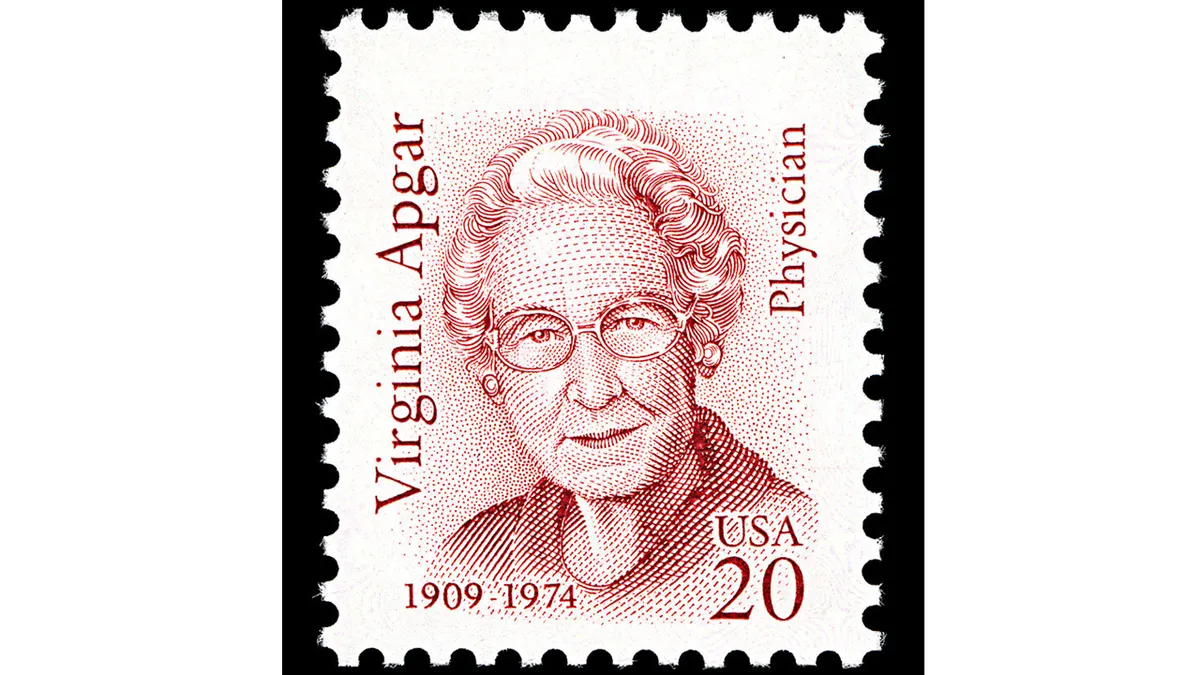Virginia Apgar: The Apgar Score
- Tina
- Mar 9, 2024
- 2 min read
Updated: Mar 9, 2024
Hello everyone! I'm Tina and this is Women Weekly, where I post about one wonderful woman in the STEM field every Friday. This week it will be about the inventor of the very first test that most of us ever took in our lives – Virginia Apgar.
Virginia Apgar was born in 1909 in Westfield, New Jersey. She had two brothers and from a young age, she knew she wanted to become a doctor. She graduated from Westfield High School, and later from Mount Holyoke College with a major in zoology. In 1937, Virginia graduated from Columbia University College of Physicians and Surgeons (P&S) and completed her residency in surgery. She was advised to practice anesthesiology instead since she would be of greater contribution and success in the fairly new field.
Deciding to follow the advice, Virginia completed additional courses and returned to P&S. Together with Allen Whipple, she started an anaesthesia division, where she was in charge of administration and staff recruitment while working as a teacher and practising physician. In the 1950s, Virginia worked at P&S with the title of full professor while also doing research for NewYork–Presbyterian Hospital. During this time, Virginia invented the Apgar score to evaluate a newborn's condition right after birth.
In 1959, she earned a master's degree in public health from Johns Hopkins School of Hygiene and Public Health and became the vice president for medical affairs at the March of Dimes Foundation. Virginia was a lecturer and clinical professor of teratology, (the study of birth defects), at Cornell University School of Medicine and lectured in medical genetics at Johns Hopkins School of Public Health.
The Apgar score was Virginia's greatest invention – a simple scoring system based on checking the baby's condition (heart rate, respiration, colour, muscle tone, and reflex irritability) right after birth to determine if it was doing okay. Her test quickly proved to be useful and became widespread, lowering newborn infant death rate as a result. Much more of Virginia's work consisted of saving babies' lives. Being in charge of the research program on birth defects at the March of Dimes Foundation, she brought more attention to the correlation between premature birth and the newborn's death. Virginia also wrote articles and gave speeches to popularize vaccination and Rh testing, and co-wrote the book Is My Baby Alright?
Virginia Apgar died in 1974, having saved many newborn lives with her scientific contribution, which is still relevant to this day, saving babies all around the world.
Sources:
Information:
Images:






コメント